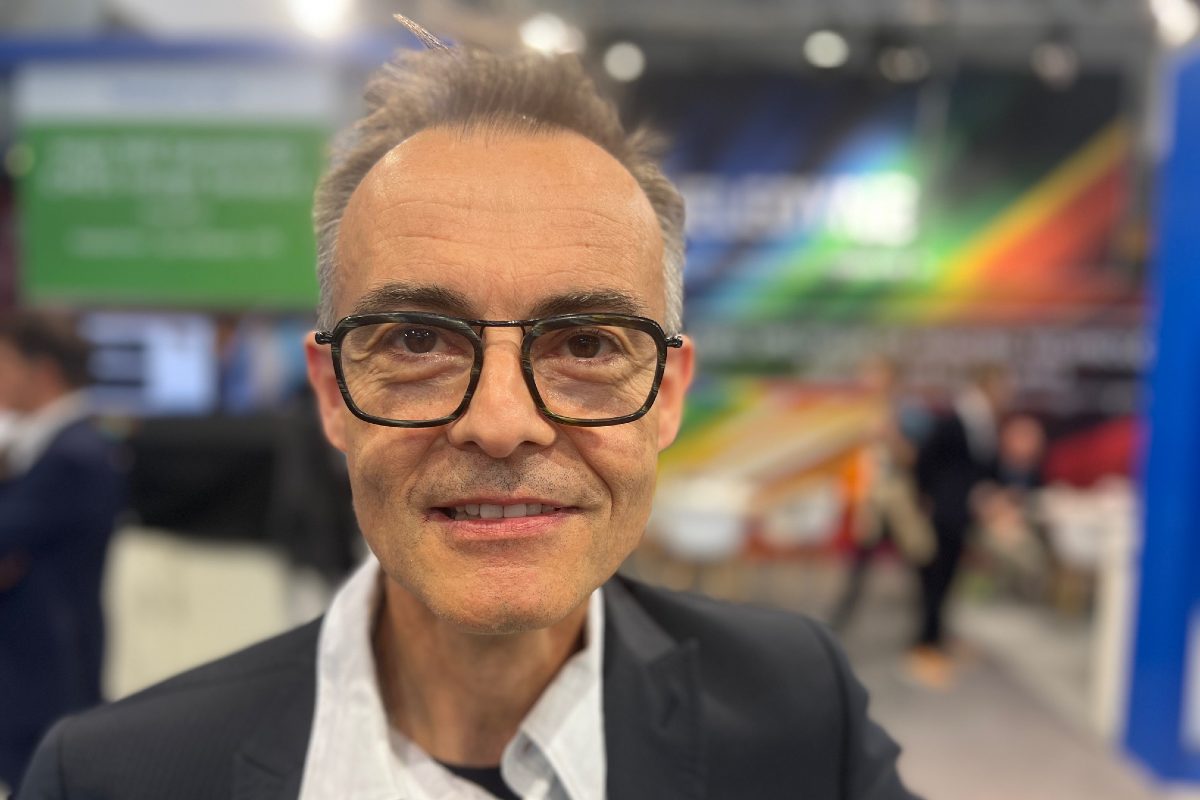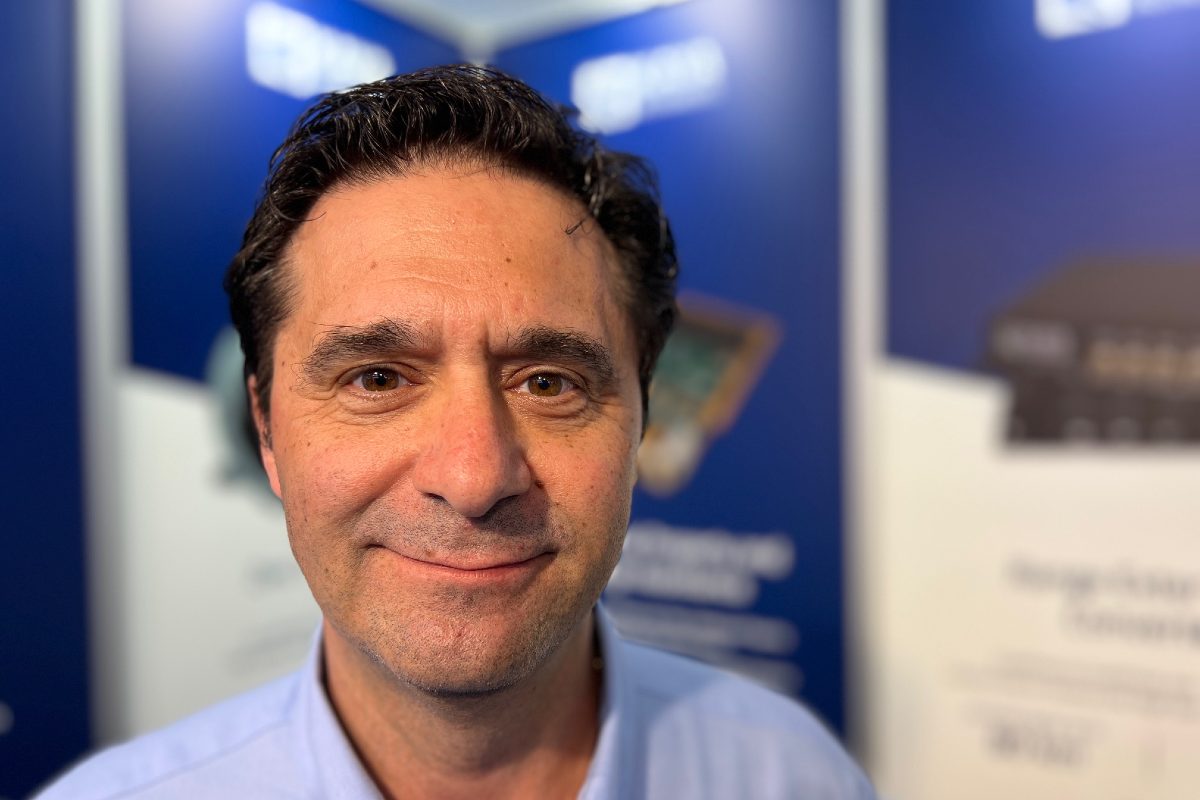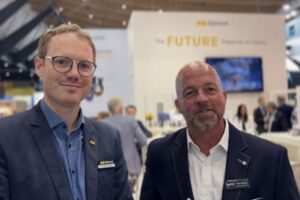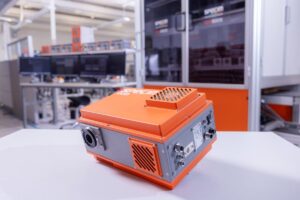In the latest instalment of our exclusive CEO interview series, Samuel Sadoulet of Edmund Optics provides an insight into what makes Edmund Optics a key player in the industry.
Samuel reveals his background, outlines some of Edmund Optics’ most innovative solutions, and provides his prediction for the future of automation.
1.) What can you tell us about your journey in this sector?
I became interested in physics and optics during my early childhood in France before relocating to the United States, where I pursued the majority of my advanced education. I started at Edmund Optics as a technical support engineer working directly with customers.
At the time, we were expanding our distribution and catalog business by adding manufacturing capabilities as well as offering optical design services. This expansion provided me with many opportunities and increasing responsibilities, along with exposure to optical technology and operations. While our catalog, which has developed into an all-encompassing marketplace, remains an important part of our business, we now operate factories and design centers that can provide custom solutions for optical system developers.
Additionally, I enjoy teaching and am pleased that Edmund Optics participates in large-scale education through technical content on our website and social media, through outreach efforts engaging children and students, as well as through partnerships with industry organisations.
Imaging and optical technology are critical to future solutions in so many fields, but many who could benefit from these technologies do not fully understand the importance of the optical components and designs that they depend upon, and how to specify or integrate them correctly.
2.) What is Edmund Optics’ role within the industry, and what sets you apart from the competition?
Edmund Optics is an optical and imaging technology company dedicated to helping our customers solve some of the fundamental challenges facing society through optics. Our products reside in diverse application areas such as robotic-guided vision and automation, medical devices, and communications.
We do this through both our marketplace business and custom manufacturing. Our extensive inventory allows customers to prototype and generate new ideas with over 34,000 off-the-shelf optical products available around the world. Once they lock onto a working concept, we have the factories, design centers, and supply chains to guide them through their production needs as they integrate our optics into their final products.
Edmund Optics’ global footprint and its breadth of product differentiate us from other optical component providers. We operate in roughly 20 major locations around the world that encompass our manufacturing facilities, global design centers and distribution hubs.
Not only do we provide imaging lens assemblies, but we also make precision optical components, filters for life science applications, world-class prisms, and high-power laser components and assemblies. Another differentiator is that our design engineers are available to guide customers 24 hours a day, 7 days a week, which is especially valuable for those who do not have in-house optical expertise.

3.) In which regions does Edmund Optics operate?
We are quite diversified in the geographies we serve. We have design and distribution centres as well as factories in Europe, the Americas, and Asia and much of the value we bring to our customers lies in our geographic proximity to them, serving them in-region, in their language and with products available for overnight shipping. Our website is available in 7 different languages and accepts 11 different currencies.
4.) How do your products improve efficiency in manufacturing and within your sector?
Not only do we provide high-resolution, reliable imaging lenses that enable systems to work faster, be more accurate, and reduce downtime, but we also supply components for laser systems doing a lot of the manufacturing work as our imaging optics provide a feedback loop. These technologies work together to provide a complete solution.
For example, our mirrors, lenses, beam expanders, and other laser optics are key components in laser materials processing systems that are paired with machine vision inspection. This processing can include laser cutting, welding, drilling, or texturing.
5.) Which of Edmund Optics’ products have been the most successful?
In the machine vision space, we became well-known for developing the first imaging lenses specifically tailored for charge coupled device (CCD) sensors. At the time, most lenses used on CCD cameras had been designed and optimized for older film formats.
This led to successful lens lines like the C Series Fixed Focal Length Lenses which yielded higher system-level image quality and in turn higher speed and accuracy. As the market continues to evolve towards larger sensors and higher resolutions, so too has our product line. Similarly, our telecentric lenses have also found great success in measurement and gauging applications.

6.) Lastly, do you have any predictions for the machine vision space as the year progresses?
Globally, we are seeing a tightening of labor markets, a need for more sustainable practices, and countries bringing manufacturing back in-region due to rising global tensions. It is evident that automation and machine vision are key to making this all possible. We anticipate a surge around automation technologies around the world, and especially in Europe, in the years to come.
As more and more systems become automated, optical components and imaging systems will operate in new environments outside of the factory floor that are not as controlled. This makes the environmental ruggedization of the imaging systems more important, as they are exposed to new levels of shock and vibration, temperature fluctuations, moisture, and other potential contaminants.
As the machine vision space grows and evolves, Edmund Optics will do so as well, developing new and innovative optical components like our Cr Series Lenses that maintain performance through up to 50g of shock, our waterproof Cw Series Lenses, and the UAV Series Lenses designed for demanding drone and aerial imaging applications.
Samuel Sadoulet

Samuel has more than 20 years of management and engineering experience, with technical expertise in physics and optical sciences. In addition to his strong technical background, he has held several operational roles and helped Edmund Optics attain its reputation as an industry leader in customer service and technical solutions. Beyond leading the global executive team, he plays a prominent role in corporate strategic development at Edmund Optics.
He has also served in advisory and board member roles across the photonics and biomedical industries. Sam earned his EMBA from INSEAD (France), then received his MS in Optical Engineering from the University of Arizona (USA). He has also earned a BS in Physics from the University of Rochester (USA) and has completed advanced Human Resources course work at Cornell University’s ILR School. Sam chairs the Executive Advisory Group for the Society of Photo-Optics Instrumentation Engineers (SPIE), the international association for photonics.











